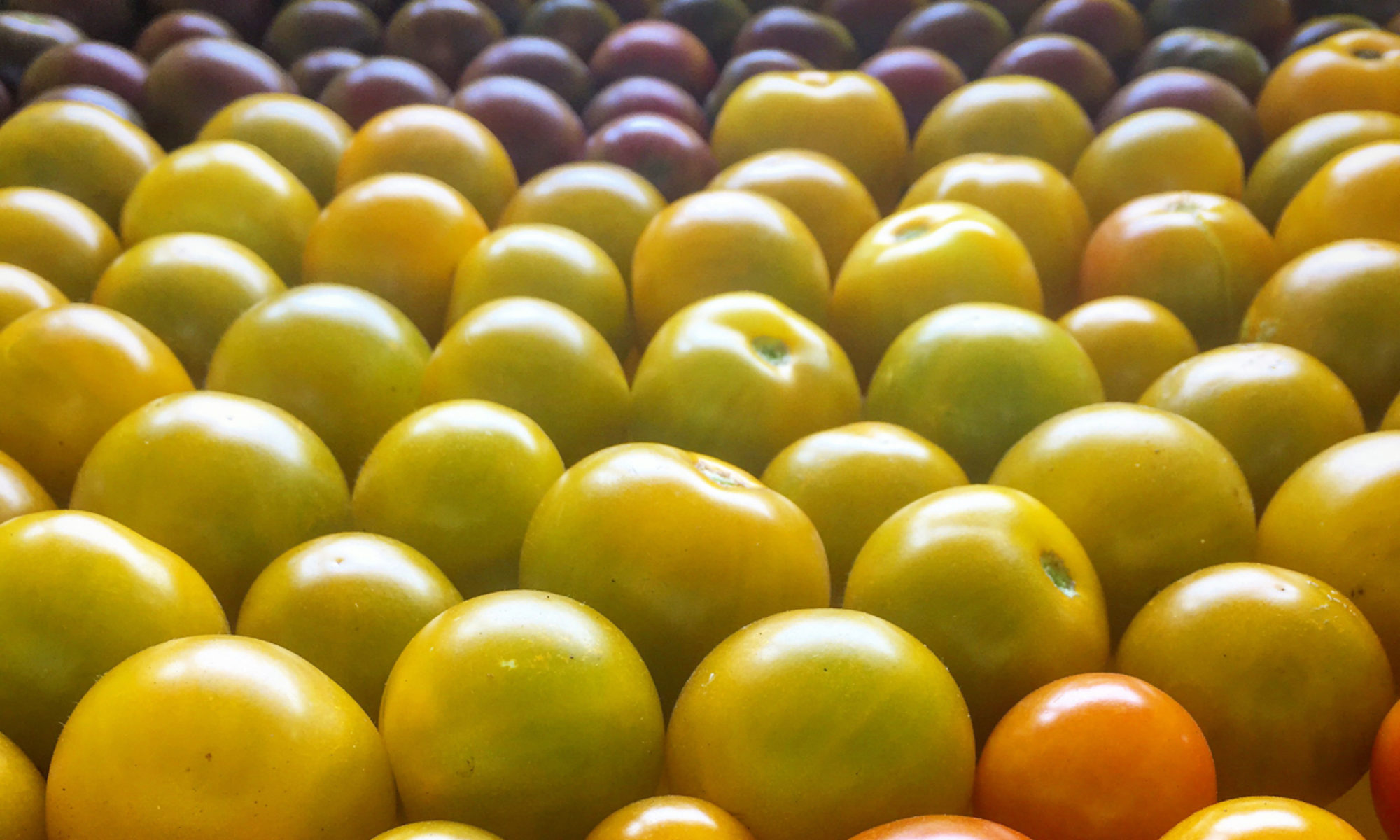Below is a post from November 10, 2008, that was originally on a now defunct blog. I still haven’t gotten around to playing with no-till in the years since then but I’m partially posting this because there seems to be interest. I’ll put a few additional thoughts I have looking back at this at the end of the post.
I just got back from the Washington Tilth Producers annual conference in Bellingham, Washington, where Dr. Paul Hepperly of the Rodale Institute gave a keynote address on no-till and then followed it up with a question and answer session that was very informative. About five or six years ago I spent two seasons trying to get no-till garlic to work. Those experiments definitely turned me off from no-till in vegetables but Dr. Hepperly’s talk, even though it was on a grain rotation, actually gave me some hope that it might work in a few specific vegetable crops.
When we ran the garlic trials, three farms went in on a SARE Producer Grant. 47th Ave. Farm, Praying Mantis Farm, and Sauvie Island Organics all tried to establish thick stands of sudan grass, plant garlic into the cover crop, and then use the winter-killed cover as a mulch to suppress weeds. This did not work for us for a variety of reasons, all reasons that Dr. Hepperly’s system avoids. Also, as an aside, the Producer Grant turned out to be a lot of work for us to manage which made us less excited about those grants, but more excited about the Research and Education grants when the OSPUD project came around in 2005 (more on that in a future post).
The rotations that Dr. Hepperly was primarily talking about were field corn planted into a cover crop of hairy vetch and soybeans planted into a cover crop of cereal rye. Not only were the cover crops providing all of the weed control, they were also providing all of the fertility for the cash crops, and, at the same time, reducing economic and environmental costs by limiting tractor passes and other inputs, and holding soil from erosion. Perhaps the most amazing part is that they were out-yielding conventional tillage systems, consistently!
There are some important limitations to the no till approach that Dr. Hepperly described, and in the question and answer session he clarified that the entire rotation is not always no-till, when they have weed problems, or if other issues come up they need to till sometimes to establish strong cover crops. I made a list of the points I recognized as important to making the system work:
Weedless cover crop
For cereal rye they seed very heavily, I think he was saying 150-200lbs/acre. A fellow I was talking to at lunch also mentioned that instead of seeding in one pass at a heavier rate, two passes at right angles to each other at a more typical rate of 80-90lbs/acre give more early coverage in the field. For vetch, since the seed is expensive, a higher rate isn’t used but winter kill oats are added for early weed suppression. Buckwheat or other summer annuals are also possible, but the cover crop has to be an annual for the system to work.
Sufficient Biomass
To create an effective mulch there needs to be sufficient biomass, I think he was saying about 5 tons per acre. If there is too much biomass there can be problems as well but mostly it sounded like you just need enough so that there’s good ground cover when it’s killed.
Roll down at full flower
To kill the cover crop it has to be rolled down, preferably with a roller crimper, at full flower. They’ve done some good design work on the roller crimpers and there are a lot of little details available on the web site. A roller crimper is available for sale from Buckeye Tractor whose equipment I’ve used and is well made.
There are a couple of keys here: full flower, leaving the stalks attached to the ground, and crimping the stalks. The window is narrow for achieving full kill, it has to be after full flower, but before the cover crop sets viable seed. If full kill isn’t achieved the cover crop becomes the weed. Leaving the stalks attached to the ground helps keep them in place when the secondary seeding or planting operation happens. Crimping the stalks helps with more completely killing the cover crop.
Don’t expose soil when planting
The point of the mulch is to shade weed seeds and prevent them from germinating. If your planter exposes the soil and leave a strip then there will be in line weeds to deal with.
Direct seeding only works with large seeds
Small seeds don’t push through the mulch so this only works with large seeded crops, or transplants. Another important point with direct seeding is that the press wheels need to be be heavy enough to provide good soil contact for germination.
The mulching effect has a limited time window
The mulch starts to break down immediately so the system works best when the crop provides a full canopy by the time the mulch has broken down enough to let weed seeds germinate.
With all of this new information I’m re-inspired to try no till on a few vegetable crops. Good candidates, I think, are winter squash, tomatoes, eggplant, peppers, fall brassicas, sweet corn, beans, and melons. The trick, it seems to me, is to find crops where the planting dates roughly match the flowering dates of a cover crop, and that will provide a good canopy later in the season.
On small scale plantings this systems seems like it would require very little investment in equipment for trials. Crops can be crimped with a 2×4 and some string, and transplanted or seeded by hand or jab planter. On a larger scale more might need to be invested in a roller crimper and no till seeder or transplanter, but the roller crimper is not terribly expensive and modifications can be made to existing equipment to make them work in no till situations.
February 2015 – Additional Thoughts
Here in the Northwest I think there are a few drawbacks to thinking about no-till systems that are specific to our climate. No-till systems tend to help keep ground moisture and to keep the ground cooler. In hot and dry climates this is a big plus, but for us here in the Northwest we are almost always hoping to warm things us and dry them out a bit so the heavy mulch of no-till can be counter productive in all of the potential crops I mention above. Slugs and voles are also problematic in my area, particularly when there are damp conditions and there is ground cover. Bare soil in the field helps control both of these pests whereas mulch exacerbates the problem.
Another note that was left out of the original post, the Rodale system wasn’t all no-till all of the time, but for certain years of the rotation there was no tillage. This helps break build up of perennial weeds that establish in no till systems, and also makes crops that aren’t appropriate for no till fit into the rotation system.


